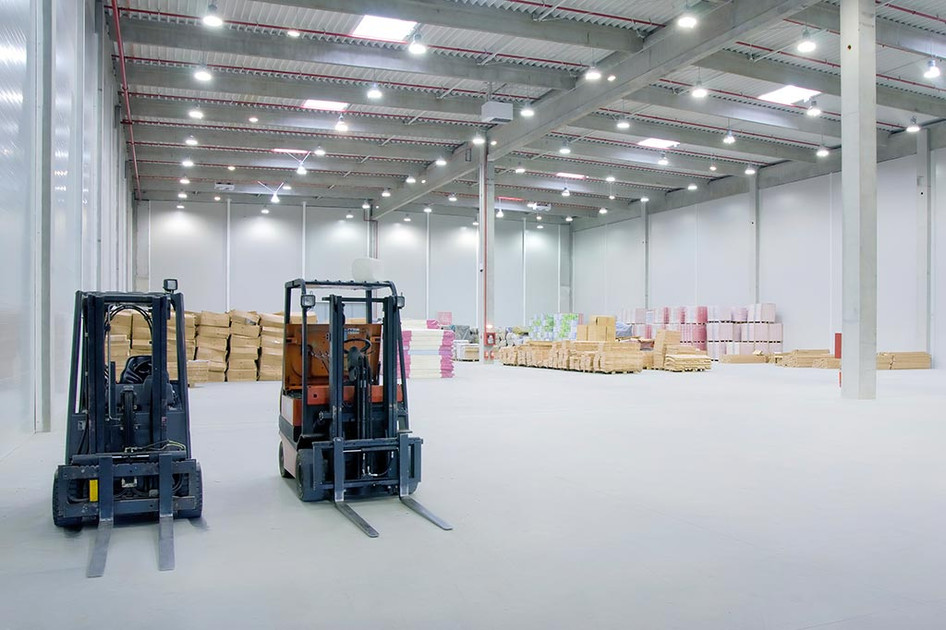How is Efficiency Important for Industrial Lighting?
By Leah • Jan 14, 2019
Not many people will wonder why efficiency is important for industrial lighting. In any industry, efficiency means you can produce more rapidly and stay ahead of the competition. Being efficient is a desired outcome for any business.
However, not everyone knows how lighting efficiency can benefit their particular industry. This article looks at the importance of efficiency in lighting and helps to show why LED is the technology to achieve it.
How Can Lighting Be Inefficient?
If we look to some of the most common types of lighting in industrial settings, we see that developments have been made to create greater efficiency. Very low output lighting had been changed to meet the demands of processing plants, steel mills and any other industry which needs high lighting standards for safety and productivity.
However, even some of the better lighting systems use fixtures and bulbs which are inefficient due to their operational needs. High intensity discharge bulbs such as metal halide or high pressure sodium lamps require a lot of energy just to get started. This is why they use a ballast system, to ensure the right amount of electrical energy enters the bulb to initiate the light output, but not overwhelm the entire fixture. Otherwise, it could result in outages and broken bulbs.
Once the lights are on, the amount of energy needed to reach the correct intensity is great. The arc light between electrodes gradually increases, slowly using up the inert gases and metal compounds, the latter of which give these bulbs their names.

What Lighting Solutions Can Solve This Efficiency Problem?
LED lighting was created as an alternative light source, beginning with low level light output versions in the 1960s. However, it wasn't until the emergence of the blue LED in 1994 that LED lighting could even be thought to be put to use in many industrial settings. With a phosphor coating, the blue LED could transmit high quality white light, but it could do so with much greater efficiency. Considering 12% of electrical energy consumed by industrialized countries is used for lighting, creating more efficient bulbs has a massive impact.
Unlike metal halide lamps and other HIDs, LED bulbs do not need a ballast to start. This is because relatively little electrical energy is needed to achieve the same brightness. LEDs do not waste energy in heat, as do HIDs, and they do not depreciate in quality very easily.
How Does LED Lighting Efficiency Benefit Industry?
If an LED light bulb is used in an industrial setting, it means the savings are on a similarly large scale. A bulb which uses up to 80% less electricity than its rivals will create huge savings in energy bills. With an ever increasing affordability and availability of LED lighting, high installation costs are no longer an excuse. This is especially so with OEO and our wide range of direct replacement bulbs.
Highly efficient LED lighting also means bulbs last much longer without depreciating in lumen output (the measurement of light from a light source). This means they won't need replacing as often and won't hinder productivity. There are other safety benefits of LEDswhich you can read about in related blog articles.
More efficient lighting also allows for more creativity. LED lighting has leapt past its competition in terms of efficiency, but it is still in its relative infancy as a technology. It is more programmable and more versatile. Savings made can be used to find more about the benefits of LED lighting and make improvements across entire industries. Even those not directly related to lighting.
